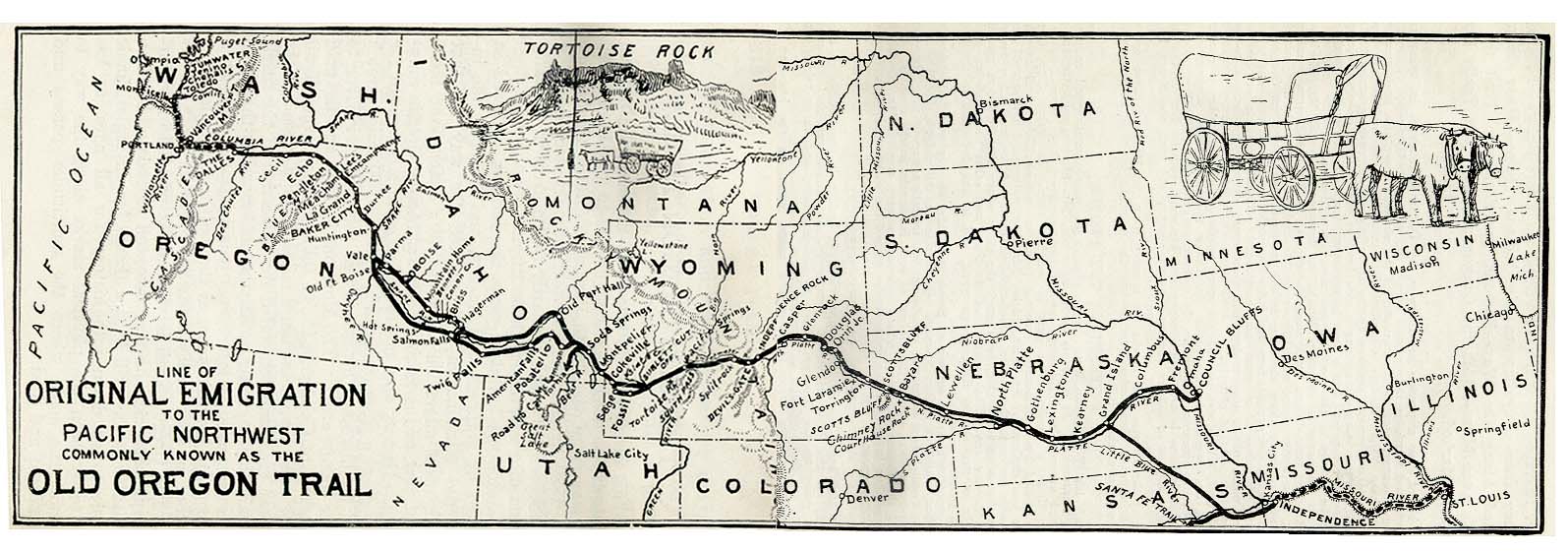Lincoln County School District #2
Star Valley Middle School
8th Grade Social Studies Standards
(United States History: Pre-History through Civil War Reconstruction)
State/District Standards and Benchmarks
8.1. Citizenship/ Government/ Democracy: Students demonstrate how structures of power, authority and governance have developed historically and continue to evolve.
1. Students identify the rights, duties, and responsibilities of a U.S. citizen.
2. Students understand the historical perspective and issues involved in the development of the U. S. Constitution.
3. Students recognize the basic principles of the U.S. Constitution, Bill of Rights, and other amendments and are able to identify those principles in real-life scenarios.
*8.2. Culture/ Cultural Diversity: Students demonstrate an understanding of different cultures and how these cultures have contributed and continue contribute to the world in which they live. (*Standards 8.2.1 & 2 are particularly achieved in 7th Grade World Geography)
1. Students explain how family systems, religion, language, literature and the arts contribute to the development of cultures.
2. Students describe cultural diversity and the interdependence of cultures.
8.3. Production, Distribution, and Consumption: Students demonstrate and understanding of economic principles and concepts and describe the influence of economic factors on societies.
1. Students communicate how economic considerations influence personal, local, state, national and international decision-making.
2. Students describe the systems of exchange of past and present.
3. Students recognize basic concepts of economic systems.
8.4. Time, Continuity, and Change: Students demonstrate an understanding of the people, events, problems, ideas, and cultures that were significant in the history of our community, state, nation, and world.
1. Students identify people, events, problems, conflicts, and ideas and explain their historical significance.
2. Students discuss current events to better understand the world in which they live.
3. Students analyze the impact of historical events and people on present conditions, situations, or circumstances.
*8.5. People, Places, and Environments: Students demonstrate an understanding of interrelationships among people, places, and environments. (*Standards 8.5.1 & 2 are particularly achieved in 7th Grade World Geography)
1. Students use charts, maps, and graphs to answer questions dealing with people, places, events, or environments.
2. Students apply the themes of geography to the topics being studied.
3. Students demonstrate an ability to organize and process spatial information; i.e., You Are Here maps of various areas.
Unit One: Different World’s Meet (Beginnings-1625)
Explain how people arrived in the Americas. (8.2, 8.4, 8.5)
Describe the cultural contributions of the Native Americans. (8.2)
Classify the explorers and their areas of exploration. (8.2, 8.3, 8.4, 8.5)
Evaluate the impact of European exploration on Native American culture. (8.2, 8.3, 8.4, 8.5)
Unit Two: Colonial Settlement (1587-1770)
Describe the founding of the European colonies in America. (8.2, 8.3, 8.4, 8.5)
Discuss economic and cultural aspects of colonial life and explain the causes of the French and Indian War. (8.2, 8.3, 8.4, 8.5)
Unit Three: Creating a Nation (1763-1791)
Explain how changes in British policies in North America caused dissatisfaction among colonists. (8.1, 8.2, 8.3, 8.4, 8.5)
Describe the outbreak of hostilities between Patriot and British Forces. (8.1, 8.2, 8.3, 8.4, 8.5)
Discuss the preparation of key points in the Declaration of Independence and the Constitution. (8.1)
Unit Four: The New Republic (1789-1825)
List highlights of the new government. (8.1)
Identify and discuss the importance of various aspects of the Jefferson era. (8.1, 8.4)
Discuss the Industrial Revolution and its effects; explain how sectionalism developed and summarize the Monroe Doctrine. (8.2, 8.3, 8.4)
Unit Five: The Growing Nation (1820-1860)
Describe key political and social events of the Jackson era. (8.2, 8.3, 8.4)
Explain the concept of Manifest Destiny. (8.2, 8.3, 8.4, 8.5)
Compare and contrast the economy and people of the North with those of the South. (8.3)
Discuss the social history of the early and mid-1800s. (8.2, 8.4)
Unit Six: Civil War and Reconstruction (1846-1896)
Explain how differences between the North and the South led to the Civil War. (8.1, 8.2, 8.3, 8.4, 8.5)
Detail the major campaigns and strategies of the Civil War. (8.1, 8.2, 8.3, 8.4, 8.5)
Describe the reconstruction policies and their effects on the former Confederacy. (8.1, 8.2, 8.3, 8.4, 8.5)
